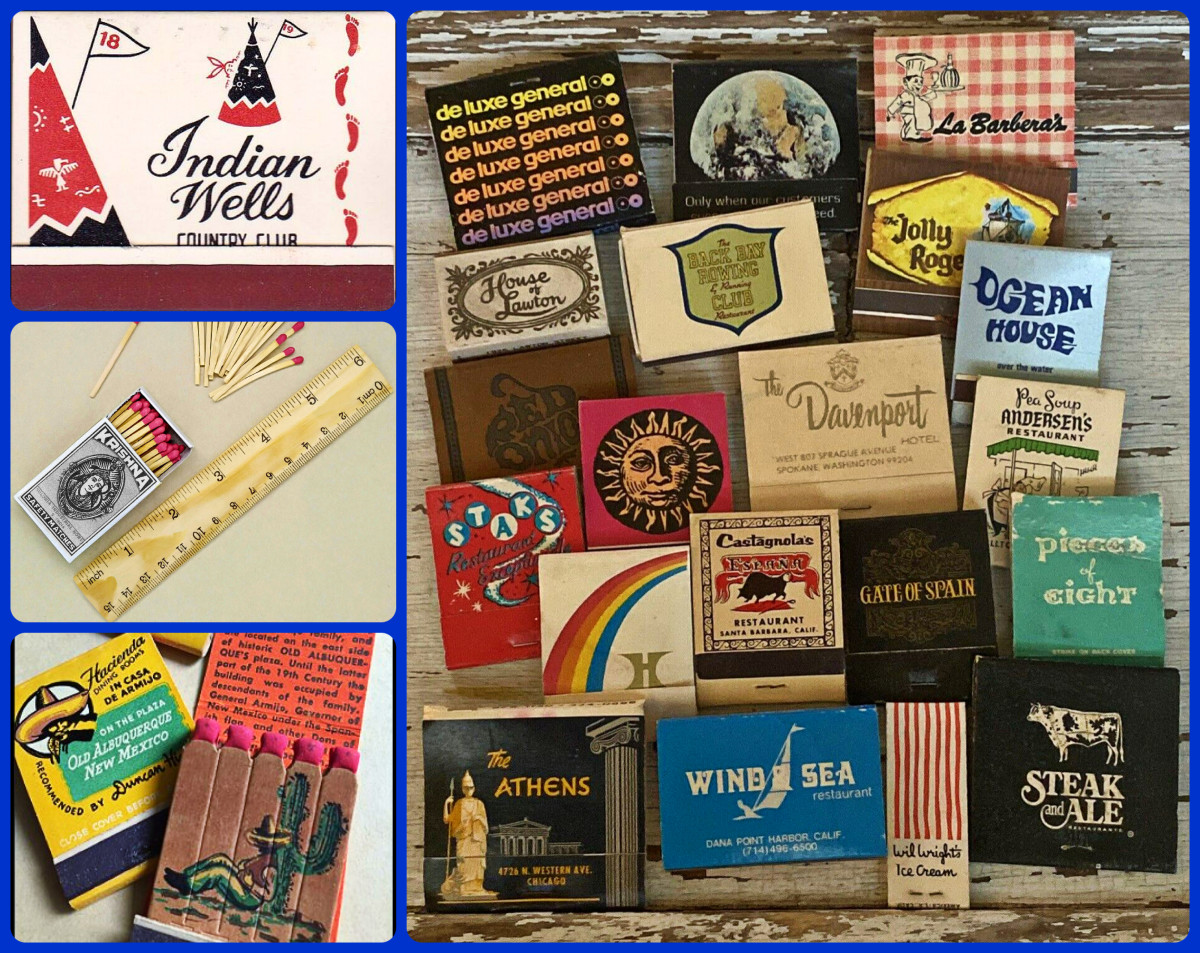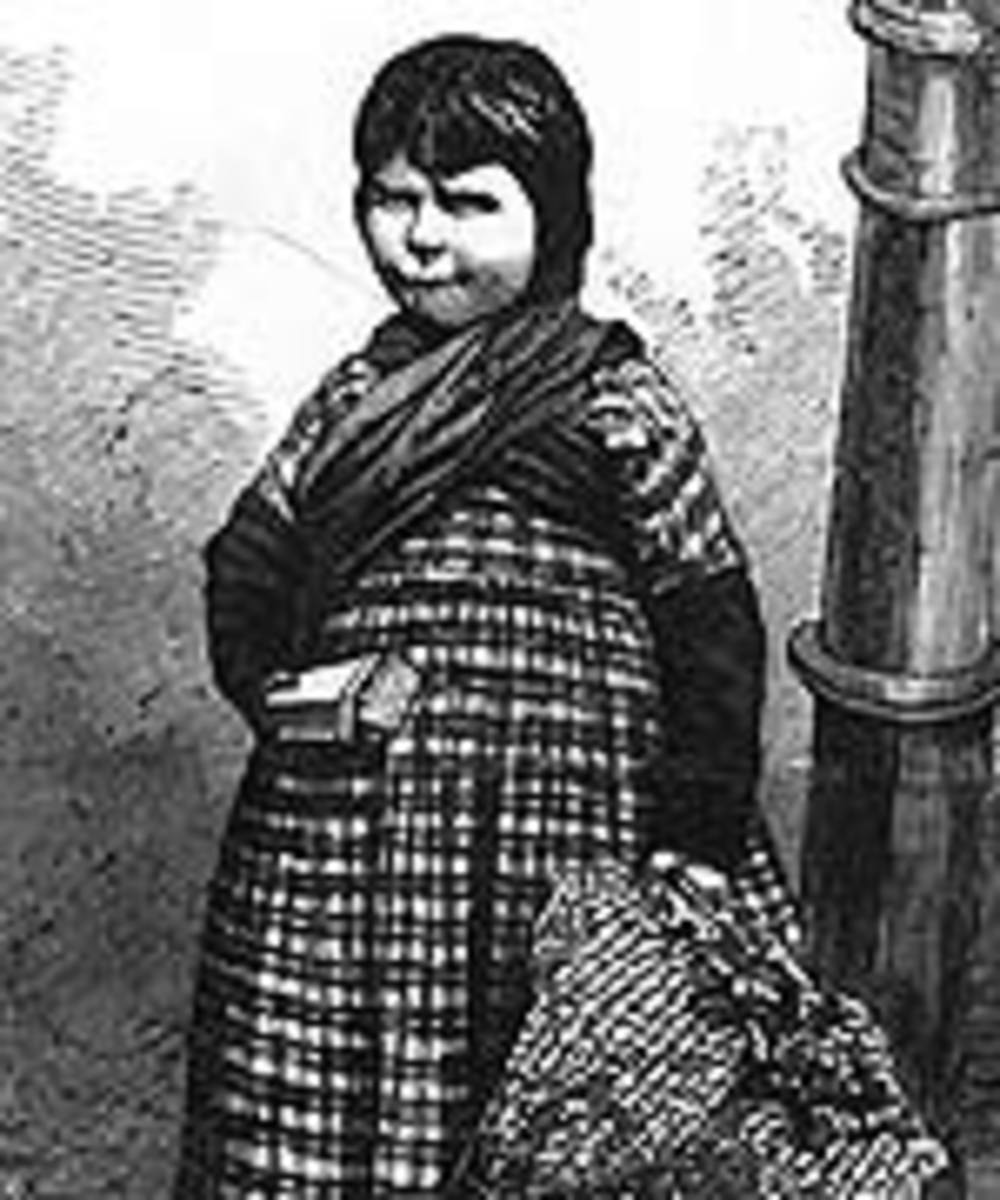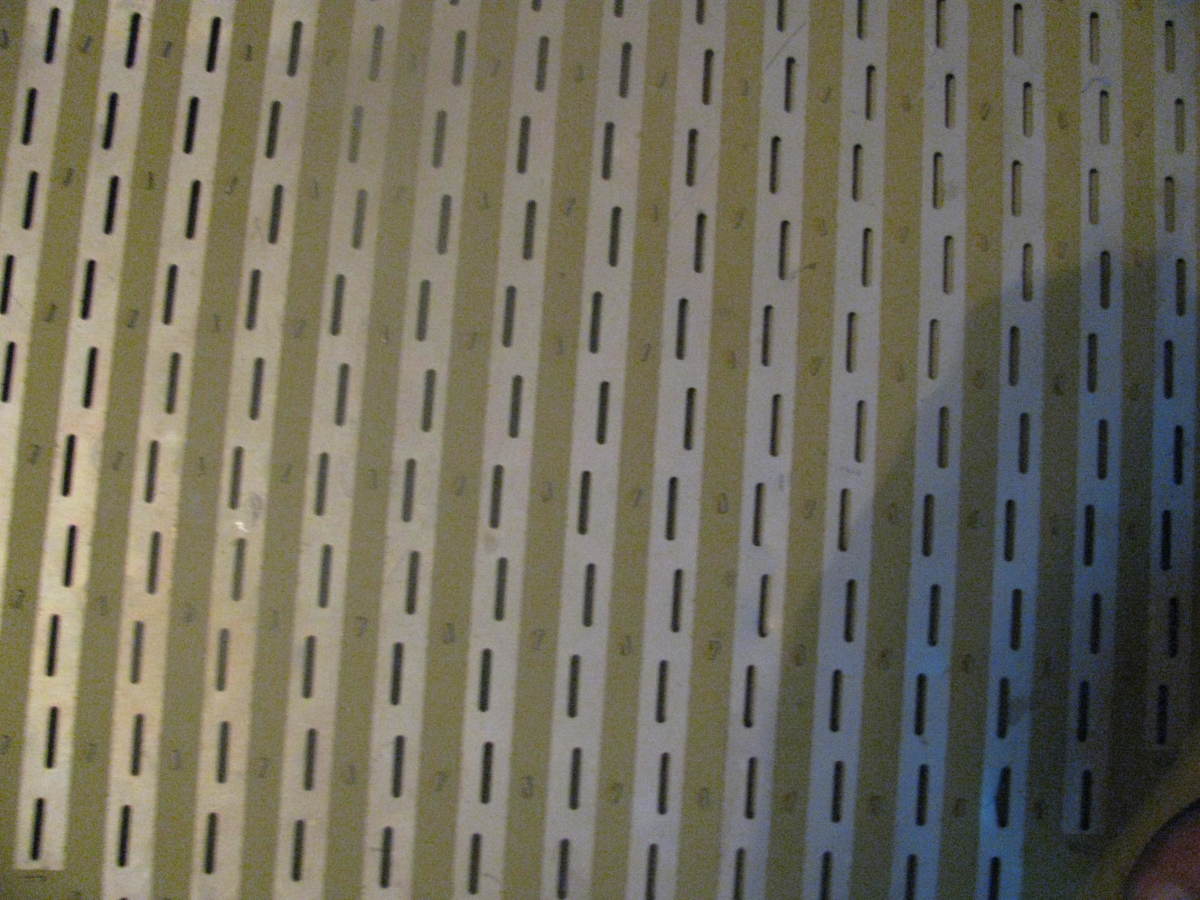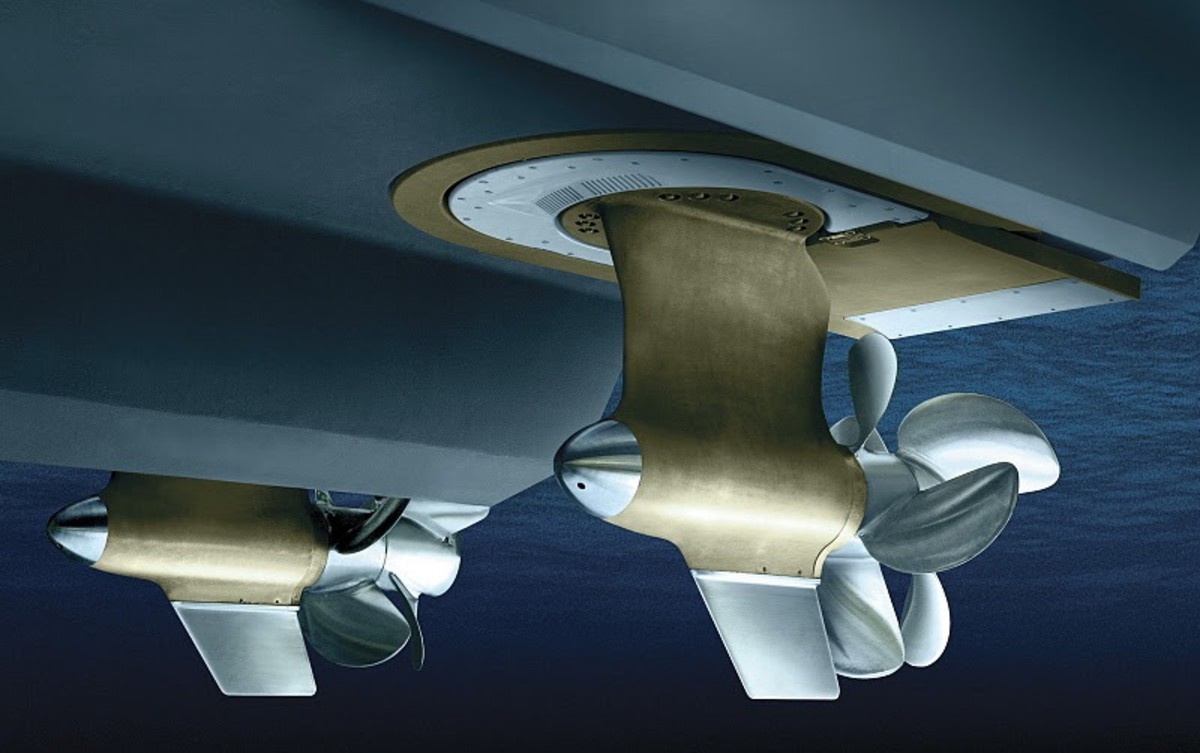How To Light A Fire Without Matches
The power of a small and simple everyday object, is one subject that I've had to contemplate more than once, on a few occasions in my lifetime -- such is the power of the ordinary match.
It was on one such day, that I stood looking in awe at the spent little wooden object, but without much affection since moments before, I had touched it to the antique gas stove's pilot light -- it had promptly blown off the oven door, the pictures off the walls in the next room, and sent a ball of flame across the ceiling. Thank God I had stepped away in the opposite direction just as I had lit that pilot light.
The power of that one match isn't one I'm likely to forget. That was years ago on our farm, and to this day, the moment our little beagle sees me open the oven door, she speeds away as fast as her fat stubby legs will take her, to hide behind my husband. My oven is no longer gas, but it makes no difference to her.
The opposite powers of the lowly match is probably the one life lesson that I am more likely to never forget -- for being matchless and in need of a match, is a indeed a most powerful situation. It's those nine degrees below freezing, snow outside up to my waist days, and not a match in the house to relight that furnace pilot light that sticks in my mind.
It's also those over ninety degree days, after a hurricane waltzed through leaving everyone without electrical power, and not a match in the house days and nights that stay with you too. It only took one hot and humid day of walking miles to closed store after store, before finding a kind soul who was willing to sell me some matches and a lighter -- to remind me no matter how far you roam -- matches (and lighters) are still a necessary thing.
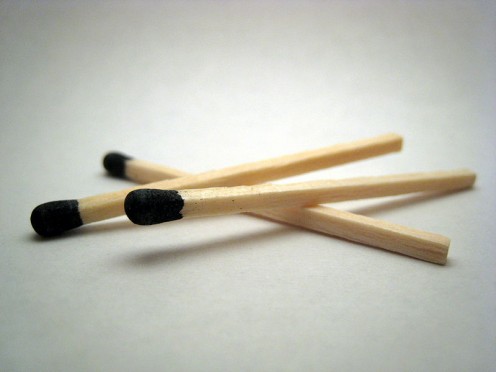
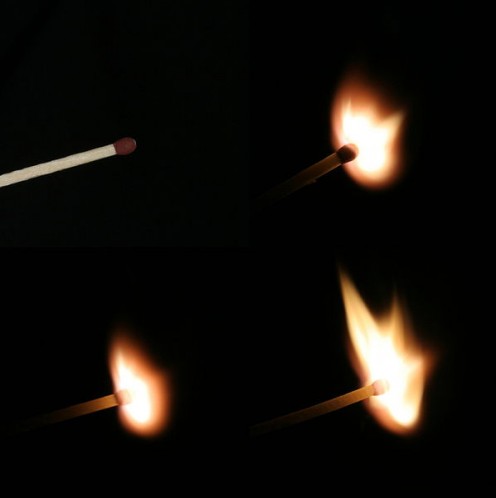
Little Big Things Taken For Granted
If you were without power, camping, or even trying to barbecue and found that you had left behind, both matches and a lighter, or that your matches had gotten wet and refused to strike -- you'll quickly realize how much we have depended upon little pieces of wood (or waxed cardboard) with their crackling heads.
They are so common and so cheap, that we often forget what a convenience to man that they are. Yet, the world got along without matches for thousands of years. For the first real matches, something like those we have today (safety wise), were made little more than one hundred and one hundred and fifty-four years ago. In reality, though, matches have been known to exist as far back as the sixth century in Asia.
However, with matches unknown to them -- when our European ancestors and even native indigenous peoples on several continents, first began to use fire to cook their food or to keep them warm, a central fire was kept burning all the time. Certain persons were appointed to tend it, and to see that it did not go out for want of fuel, or because of the rain.
From this central fire, the different families would take a burning branch to kindle separate fires to cook their food. When the tribe moved, the fire was carried along too. It is not strange that many indigenous peoples worshiped these dancing tongues of flame, which were so mysterious and terrible, and yet at the same time so necessary and useful.
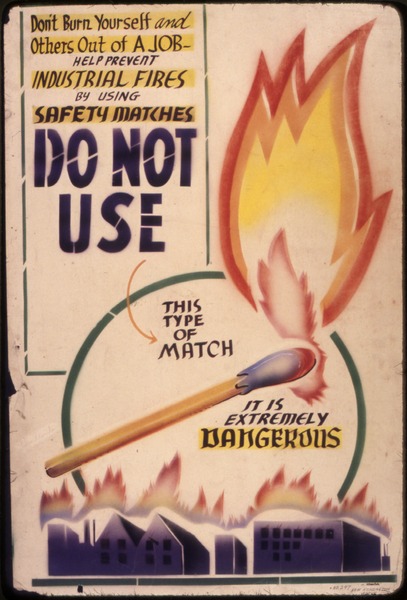
Life Before Matches
We, of course, know that our distant ancestors used to get fire, and in some parts of the world, people still get fire by rubbing two pieces of dry wood together in opposite directions. This method is difficult and not everyone can learn the knack of doing it.
Men soon found an easier way after they learned the use of iron and steel. If a flint is struck sharply on a piece of steel, sparks fly off and will set some very dry substance on fire. For instance, the muskets used in the Revolutionary War were called flintlocks, simply because they used this idea. A little hole was bored through the barrel, and a few grains of powder were shaken out on the edge. A flint attached to the hammer, or lock of the gun, struck a piece of steel when the trigger was pulled. Thus, the sparks set the powder outside on fire, and the flame exploded the powder inside the barrel.
Then, during the pioneer days, and long afterward, many houses had tinderboxes, which contained some flints, a piece of steel, and some rages which had been baked until they were very dry. When a fire was wanted, sparks were struck into a bit of the tinder, as the half-burned rags were called.
This would smolder and by blowing tiny splinters could be lighted and soon there would be a roaring fire of logs in the great fireplace. Sometimes very dry rotten wood was used instead of tinder.
Another method was the use of "spunk," which holds fire a long time. Punch were coals covered with ashes at night so they would keep alive. Sometimes this was forgotten, or perhaps the family went away from home for a few days, and then the fire would go out. So, if the house did not own a tinder-box or if there was no tinder prepared, someone took an iron pot and went to a neighbor's house to get some live coals.
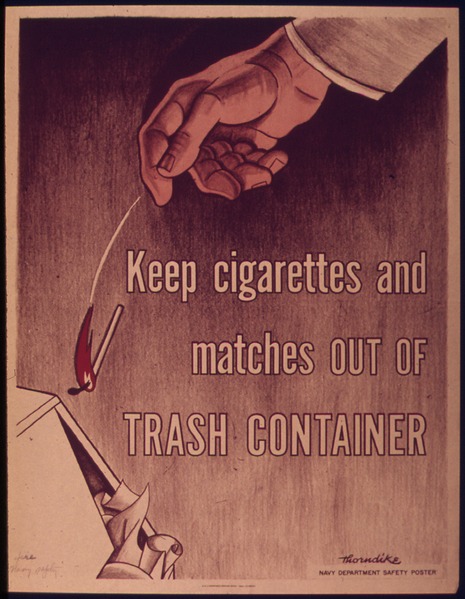
How Matches Got Rid Of All This Trouble
There was a time when the price of matches was so expensive that they were considered a luxury. In those days people took care to make every single match do its service.
A man named Godfrey Haukwitz, almost made a match as long ago as 1680. He had been employed by Robert Boyle, who discovered how to prepare phosphorus. He devised using small pieces of phosphorus, ignited by friction, to light sulphur laced sticks of wood. It worked, but proved to be dangerous and expensive, so it never caught on.
In 1805, a man in Paris coated bits of wood with sulphur and tipped them with a little chlorate of potash mixed with sugar. When he wanted a light he dipped the tip into a bottle of sulphuric acid, and the combination caught on fire. Sulphuric acid, however, will leak through clothing, or burn the skin, and so this plan was found to be too clumsy and too dangerous for common use.
The next matches, which were the first real matches, were made another way by John Walker, an Englishman. They were tipped with antimony and potash, and with every box a sheet of folded sandpaper was furnished. The match was placed in the fold, which was tightly pressed together with one hand, and the match was jerked with the other. Sometimes the match caught on fire, but not always.
Wood Splints Becoming Matches
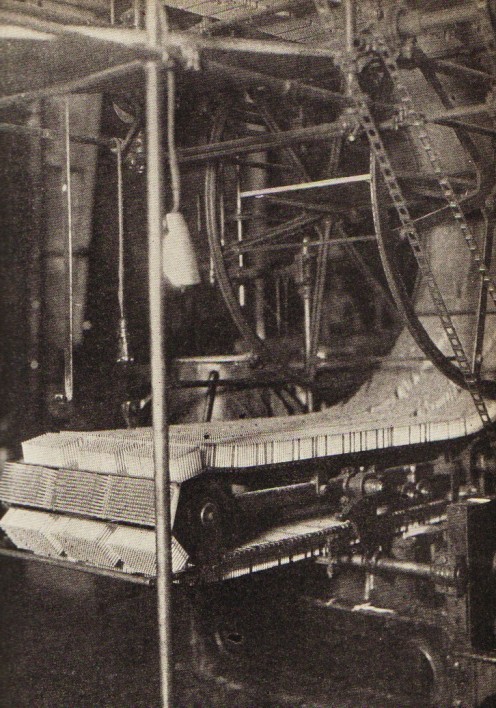
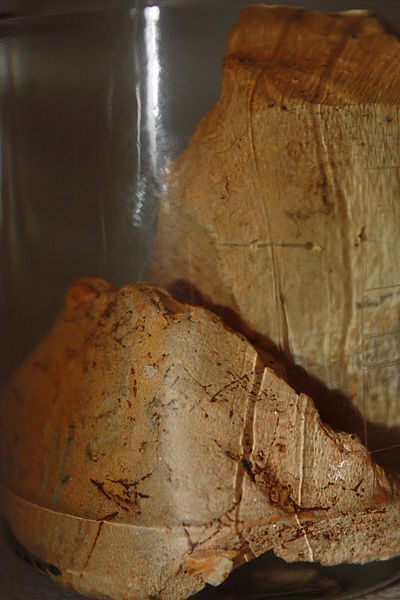
Phosphorus Which Flames At A Low Heat
Phosphorus had been discovered long before, but it catches on fire with very little heat. It was thought to be too dangerous to use for the average person. It was also poisonous.
It was found, however, that by mixing the phosphorus with other substances, a match could be made that would strike easily, and yet was not likely to flame, unless rubbed purposely.
Several men found this out about the same time, for we find that John Walker, and other men in Germany and even in Austria -- all were making phosphorus matches by 1833. Matches were even being made in Springfield, Massachusetts, as early as 1836.
The body of stick of a match is usually a small strip of wood, or a tiny wick of cardboard used in little books of matches stiffened with wax. The English had their own beautiful little matches, which they called "vestas."
The substances in the head of a match are not always the same. different manufacturers use different mixtures. There is always phosphorus in ordinary matches. Sulphur,nitre, lead, manganese, and potash are just some of what is used by different manufacturers.
The double dip (bird's-eye) match has a tiny striking tip, must most of the head is made by some substance which burns easily and give a good flame. At one time, matches made for use at the seaside, or where the wind blows strongly had very large heads and burned quite slowly.
Of all the matches of yesterday, one very special one was made for use in the Arctic, where life itself sometimes still depends upon the making of a fire. Once lighted, these Arctic matches cannot be extinguished even though submerged in water. The use of such matches in a settled community was even forbidden by law.
Surprisingly, to most of us today -- Ordinary matches used years ago did not catch on fire by themselves, but did cause many fires by rubbing together, or by being stepped upon, or by nibbled by rats or mice. Sometimes a whole box in a person's pocket would catch on fire if they pressed against a wall or the arm of a chair.
It wasn't until 1852 that safety matches were made by J. E. Lundstrom in Sweden. There is no phosphorus in the heads of these matches, but a certain kind of phosphorus is painted on the box. They light only when struck on the box or a scratchy surface such as light sandpaper.
Making Waterproof Matches
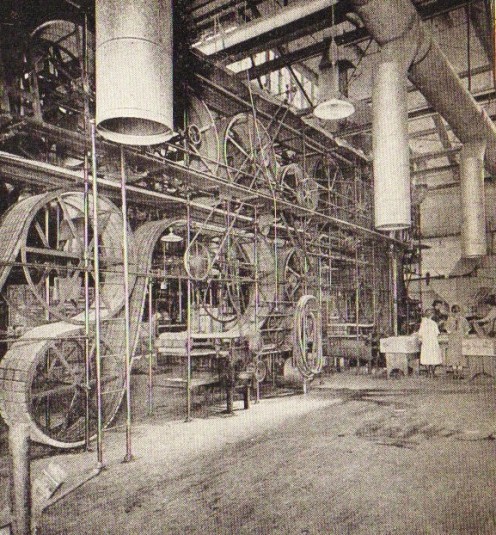

The Diamond Match Company
It's only fair to mention a couple of the match manufacturers in the United States, as they played a central role in the making of inexpensive matches available to everyone.
One of them was The Diamond Match Company. Since 1881, they were the leading manufacturer of matches in the United States. It was huge a company that almost ninety percent of the matches sold here were from this one company, who was also manufacturing matches in Europe and South America.
Like many of the companies of their early times, workers rights were very typical of the face of manufacturers, even in this country. The male workers only made a little over $1.21 a day, women earned half that, and the many children employed in the industry made even less. Everyone worked nearly twelve hours a day. Even worse, those employed in this industry often contracted a disease as a result of inhaling white phosphorus fumes.
The disease, phosphorus necrosis, cost the workers the ability to eat and speak, their diseased jaw bones left them terribly disfigured. Happily though, the company did work to eliminate this health hazard and today, it is still one of the primary match manufacturers. It was the discovery that the use of white phosphorus caused this disease and by replacing it with red phosphorus it became harmless.
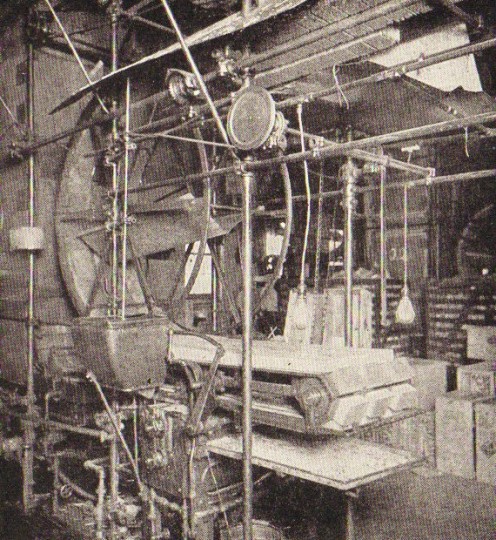
E.B. Eddy Company, Ltd.
Many of the match manufacturing companies came into the industry by way of already existing pulp and paper companies. Such was Canadian manufacturer, E.B. Eddy Company (now a part of Domtar, Inc.). It's founder, Ezra Butler Eddy, began making and selling wooden matches as early as 1854 from his home in Hull, Quebec and later expanded this home grown business to being one of the largest Canadian match operations.
A devastating fire in 1900 destroyed most of this company, yet the match business was so good, that they were able to rebuild within one year. A few years later, after Erza's death, the company was sold to George Weston, Ltd. and then ten years ago acquired by Domtar, Inc. Now, it even has facilities on this side of the Canada/America border in Port Huron, Michigan. Today, it is known in Canada, as the Eddy Match.
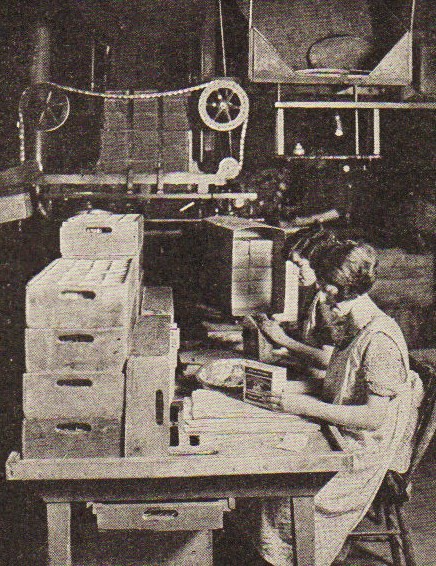
Making Fire Without Matches
If You'd Like To Know More!
- Lateral Science - Phosphorus Topics
- The History of Matches - From Phosphorus to the Diamond Match Company
The history of the match - from the discovery of phosphorus to the founding of the Diamond Match Company.

